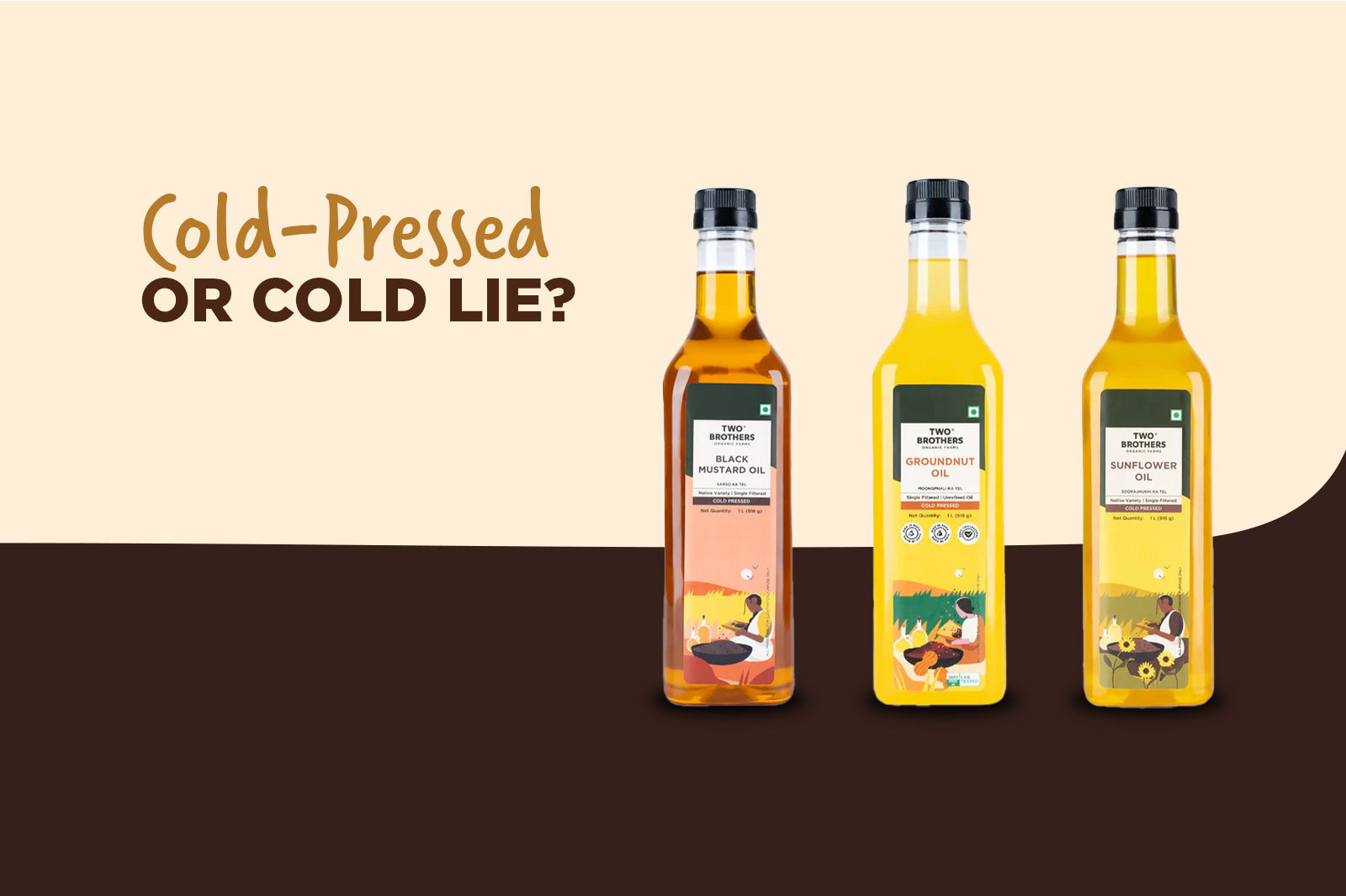Which is healthier for you—ragi vs oats? Both grains have surged in popularity among health-conscious eaters, but choosing between them can be confusing. Ragi, known as finger millet, is making a comeback in Indian kitchens, while oats have become a staple worldwide for their health benefits. Each provides unique nutrition—calcium, fiber, protein, and antioxidants in ragi; beta-glucan, B-vitamins, and heart-healthy goodness in oats. Let’s dive deep, compare them thoroughly, and help you decide which grain best supports your health goals.
Nutritional Profile of Ragi and Oats
Ragi: The Nutritious Finger Millet
Ragi, or finger millet, is a traditional grain praised for its rich nutrient profile. It contains about 344–364 mg of calcium per 100 g—more than three times that in milk. This makes it an excellent choice for bone health. It's high fiber (11.5 g per 100 g) supports digestion and weight control. It also offers around 7 g of protein, several essential amino acids, iron, magnesium, potassium, and antioxidants. Because it retains its bran and germ, ragi is a nutrient-dense whole grain ideal for various diets.
Oats: The Heart-Healthy Grain
While oats don’t match ragi’s calcium levels, they shine with their beta-glucan soluble fiber, which helps lower blood cholesterol, supports heart health, and keeps you full longer. Oats also provide about 16 g of protein per 100 g, plus B‑vitamins (thiamine, riboflavin, niacin), manganese, phosphorus, and antioxidants like avenanthramides. Their nutrient-rich profile and ease of cooking make oats a daily breakfast favorite.
Health Benefits: Ragi vs. Oats
Bone Health and Calcium Content
Ragi wins hands down on bone support. With over three times the calcium found in milk, it’s a standout for anyone looking to strengthen bones—children, seniors, vegans. While oats don't offer much calcium, they contribute to bone health through supportive nutrients and can complement calcium-rich foods. As Dr. Sinha wisely notes, “Calcium-rich foods are vital for bone density,” highlighting ragi’s unique advantage.
Weight Management and Digestion
Ragi's high fiber and slow-digesting carbs promote satiety, support weight control, and aid digestion. Oats also excel at these functions due to their beta‑glucan fiber, which slows digestion and keeps hunger at bay. A weight-loss diet that includes both grains can balance fullness, nutrition, and gut health effectively.
Blood Sugar Levels
In blood sugar control, oats are often favored because of their lower glycemic index and soluble fiber content. Ragi has a slightly higher glycemic effect, especially when roasted, but breakfast porridges, dosas, or parathas made from whole-grain ragi offer a balanced release of sugar, especially when paired with protein, healthy fats, or low-GI foods . Combining both grains can offer a powerful approach to stabilizing blood glucose.
Suitability for Different Diets and Populations
Vegans and Vegetarians
Both are excellent plant-based staples. Oats provide protein and fiber, while ragi contributes calcium, iron, and amino acids, making them valuable assets in plant-forward diets.
Kids and Growing Children
Ragi's calcium, iron, protein, and antioxidants support growth, immunity, and brain development, making it particularly beneficial for children. Oats, with their protein and fibre, complement ragi by supporting steady energy and digestion.
Seniors
For older adults at higher risk of osteoporosis, ragi offers bone-strengthening calcium. Oats support heart health and digestion. Together, they constitute a balanced diet for seniors.
Practical Uses and Recipes
Meal Ideas with Ragi
Ragi is wonderfully versatile:
-
Ragi porridge with nuts and fruits for nourishing mornings.
-
Ragi rotis using our sprouted ragi malt or 1 kg finger millet flour.
Oat Recipes
Oats shine in:
-
Warm oatmeal with seeds and spices.
-
Overnight oats with yogurt and berries.
-
Smoothies, muffins, and savory oat bowls.
Combining Ragi and Oats
Combine the best of both grains:
-
Power smoothies blend oats, ragi malt, bananas, and spinach.
-
Energy bites are made with oats, ragi flour, nuts, and dates.
-
Breakfast bowls layer warm ragi porridge and cold overnight oats.

FAQs
Q. Is ragi better than oats?
It depends on your goal—ragi offers calcium and amino acids; oats provide soluble fiber and heart health benefits. They complement each other best.
Q. Can diabetics eat ragi?
Yes, in moderation and balanced with protein or fat. Whole ragi preparations digest slowly, minimizing sugar spikes.
Q. Which grain is more filling?
Both are highly satiating: oats through beta-glucan, ragi through fiber and slow carbs.
Q. Can ragi rotis replace wheat or oats?
Absolutely. Rotis made with our 100% stone-ground ragi flour are nutritious and delicious.
Q. Is sprouted ragi better than regular?
Sprouting boosts nutrient availability and digestibility, making it a smart choice, especially for sensitive stomachs.
Conclusion
So, is ragi better than oats? The answer: neither, and both. Ragi’s exceptional calcium, fiber, and amino acid profile make it a nutrient powerhouse, while oats shine in fiber, heart health, and quick cooking. Instead of picking one, enjoy the strengths of both in a balanced diet.
By choosing our sprouted ragi malt and stone-ground ragi flour, you’re selecting wholesome, minimally processed grains that honour tradition and support modern wellness. Blend ragi and oats, and you’ll enjoy maximum nutrition: strong bones, a happy gut, and sustained energy.













